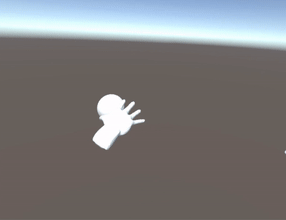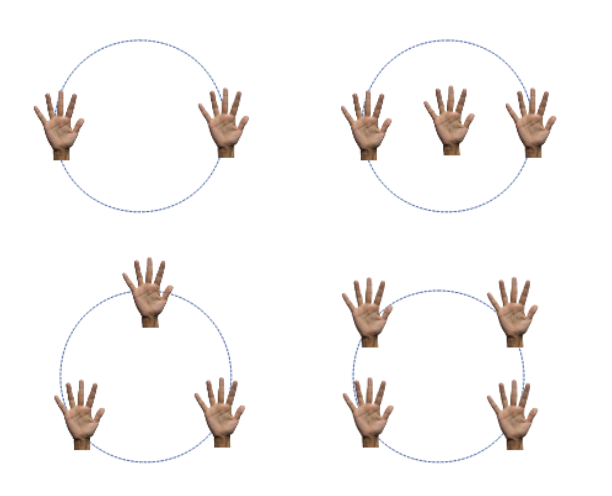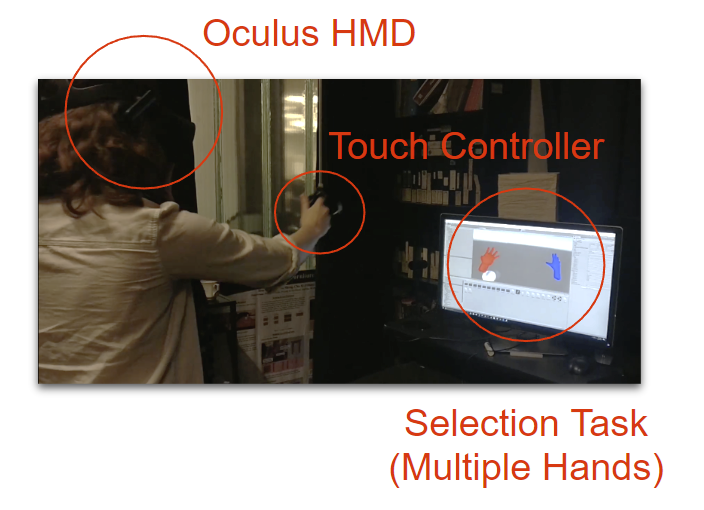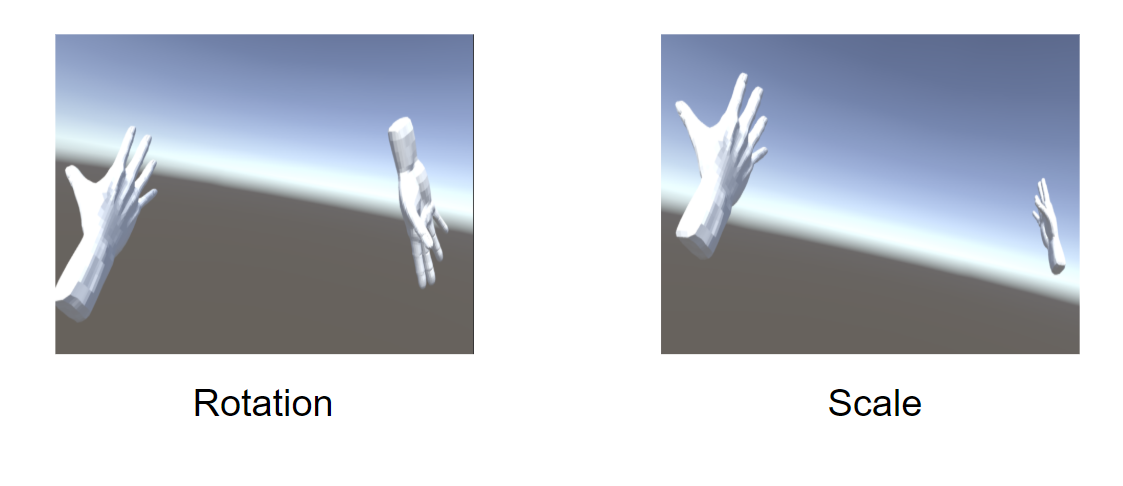Control of Extra Limbs in Virtual Reality
Virtual Reality Interaction Design


A Proprioceptive Experiment
What happens when users can control several copies of their own body parts? With this project, we sought to investigate the proprioceptive effects of presenting participants with a distorted body in VR.
We allowed users to control 1-4 “extra hands” which were displaced radially in space from the position of their real hand, which held an Oculus Touch controller. Coding for the project was done using Unity 3D and the Oculus Platform SDK.
A perceptual experiment with 12 participants investigated whether they preferred using a proprioceptively-correct hand for target selection tasks, compared an “extra hand” that was closer to the target. We also tested participants’ willingness to use hands that were distorted in rotation or scale compared to their physical body.
We also created a proof-of-concept 3D sketching application that leveraged control of multiple body parts to validate the usefulness of the "extra hands". By allowing each hand to hold a brush with different parameters, users required fewer context switches (e.g. accessing a menu to change brush colors) when sketching.
Contributions: Implementation, Evaluation. This work was done with two other graduate students (Sarah Kushner and John Kanji) and the initial concept was developed by Prof. Karan Singh.
 Go to portfolio.
Go to portfolio.
